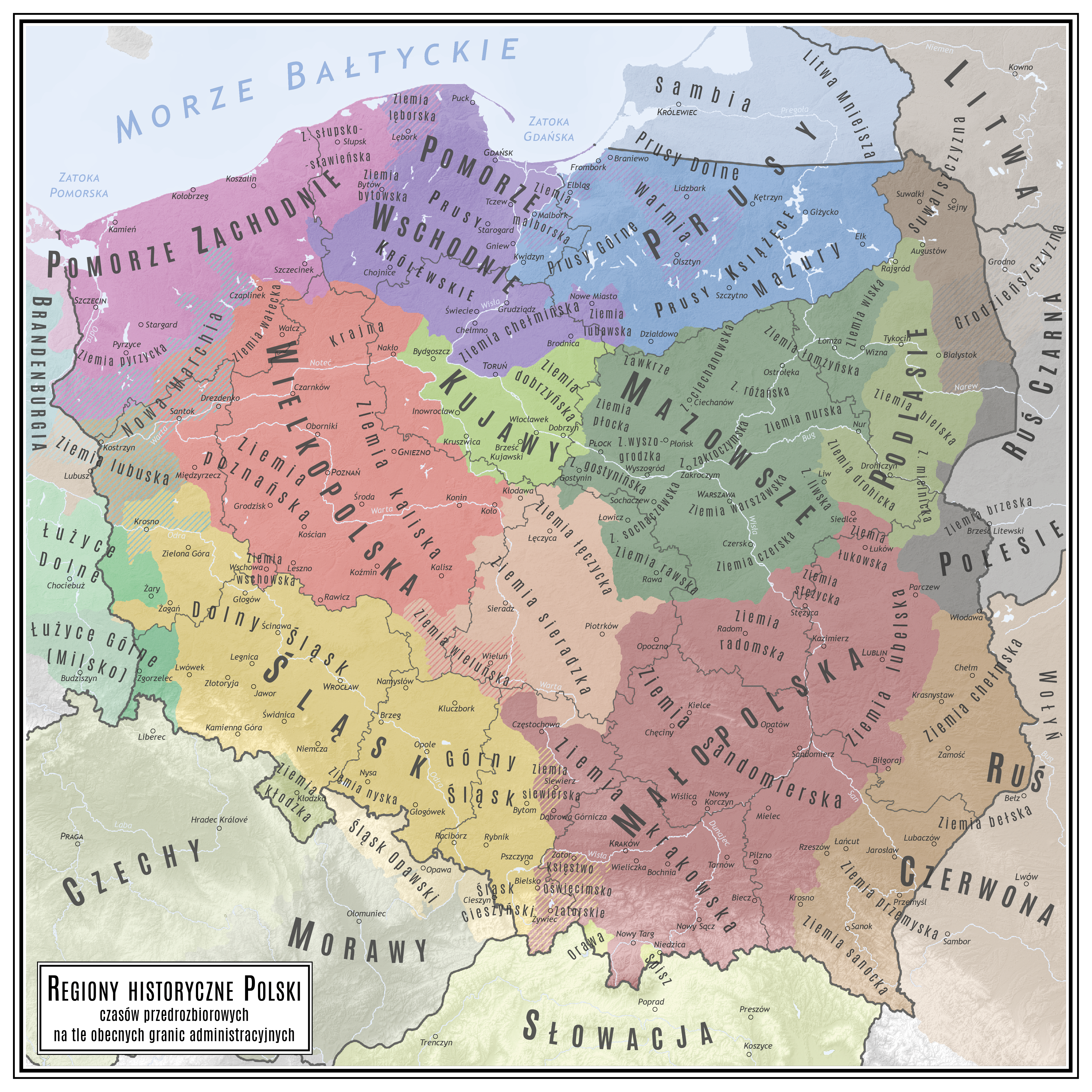I don't understand the point you're making.
You don't know what impact cultures have in EU5, how they work, nothing. It's probably the case that the various Polish cultures will easily accept one another, just like basically Polish culture can easily accept Pommeranian or Polabian culture in CK3.
I find this line of reasoning to be fundamentally flawed. Generally, discussions like this always take the form of 1. I list all of the ways having this many cultures would break the game, 2. the pro-splitter side attempts to address this by listing ways all of those effects are nullified. Ultimately, if all of the actual impacts of having many cultures are nullified, then what is the point? You are just admitting that the game has to be constructed in order to defeat your suggestions.
Of course, it is true that the culture TT has not been released yet. It may easily change the way we think about this. But in the absence of it, I am prepared to make the default assumption that eu5's culture mechanics will fall within the range of variation that has been demonstrated by all previous paradox games. Unless the culture TT introduces truly radical new mechanics, such as allowing Greater Polish and Lesser Polish to both spawn the same rebel group seeking independence for a common Poland, the only affects this can have on the game are negative.
Why are there tons of German or French cultures? Why are you not complaining about that? They're still far more divided than Polish culture.
As it happens I
am complaining about that. Just not in this thread, obviously, because this is the eastern europe thread. In fact if you go to the Germany tinto maps you can indeed see me complaining about it there!
Regardless, the real diversity of Germany and France is greater than that of Poland. There is really only one Polish language, but Germany and France contain many traditional regional speeches that are really separate languages. So there is a linguistic justification for dividing them that you can cite. This is not the case for Polish. The Polish dialects are just dialects of a single language. People seem to have this fixation that every country must be divided into the same number of regional cultures, if there are multiple German cultures that must mean there should be multiple Polish, Romanian, English, etc. cultures. This is wrong and naive. Some countries have less cultural diversity than others.
Poland has just emerged from fragmentation. There were quite a lot of differences between Silesia, Lesser Poland, Greater Poland, and Mazovia at this point. There were some big political disagreements between Greater Poland and Lesser Poland. Greater Poland and Lesser Poland were descended from two different tribes. Casimir the Great would issue separate statutes for the two provinces. Hell, the "Crown of Poland", aka the true political unification of Polish lands, hasn't even happened yet in 1337.
I am prepared to argue that the sense in which Greater and Lesser Poland functioned as a common ethnicity outweighed their differences. The most important one, of course, is that Poland was reunified at all. If they were really actual separate cultures, then there wouldn't have been any political will to reunify them after the period of division. Of course, there were differences of identity between the regions. It is valid to talk about the political community of Greater Poland and the political community of Lesser Poland as two entities within the same country that have different attitudes. However, eu5 has no mechanics for representing that. If they are both accepted cultures, they are both just packed into the country's "Nobility" estate and treated as a homogenous block. Therefore there is no point to doing this.





